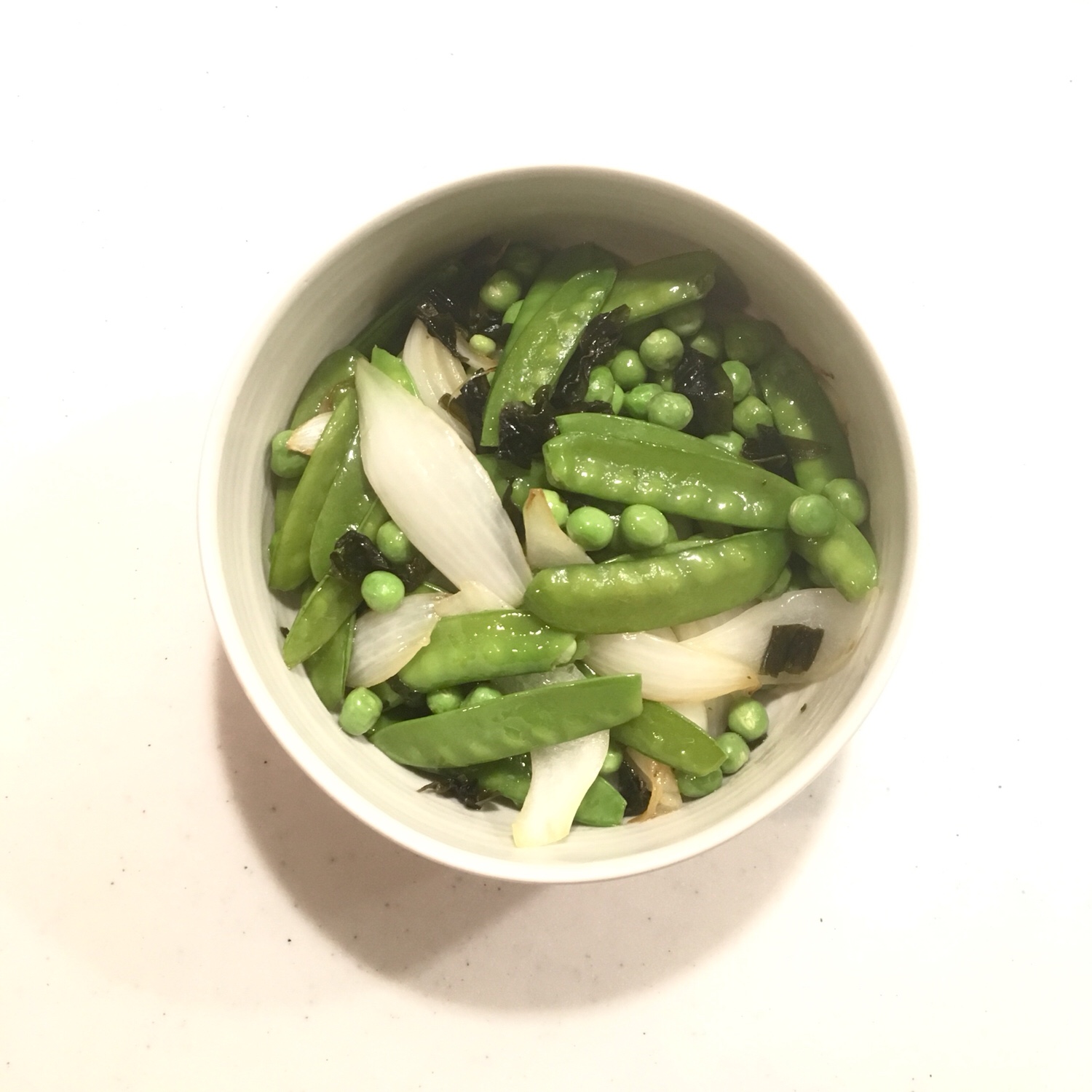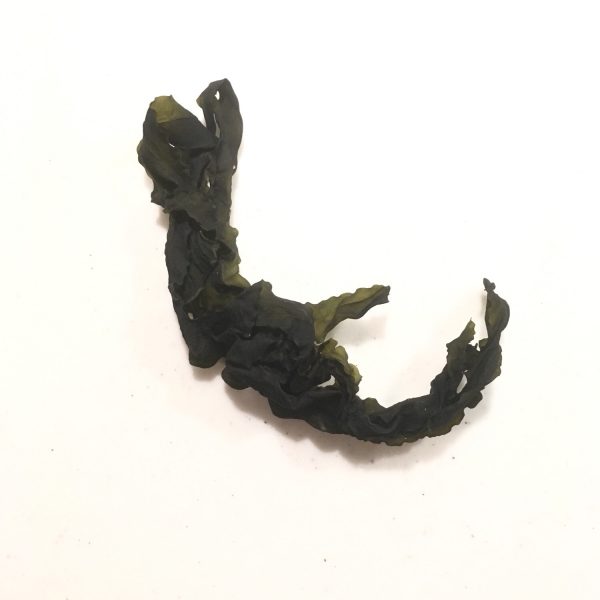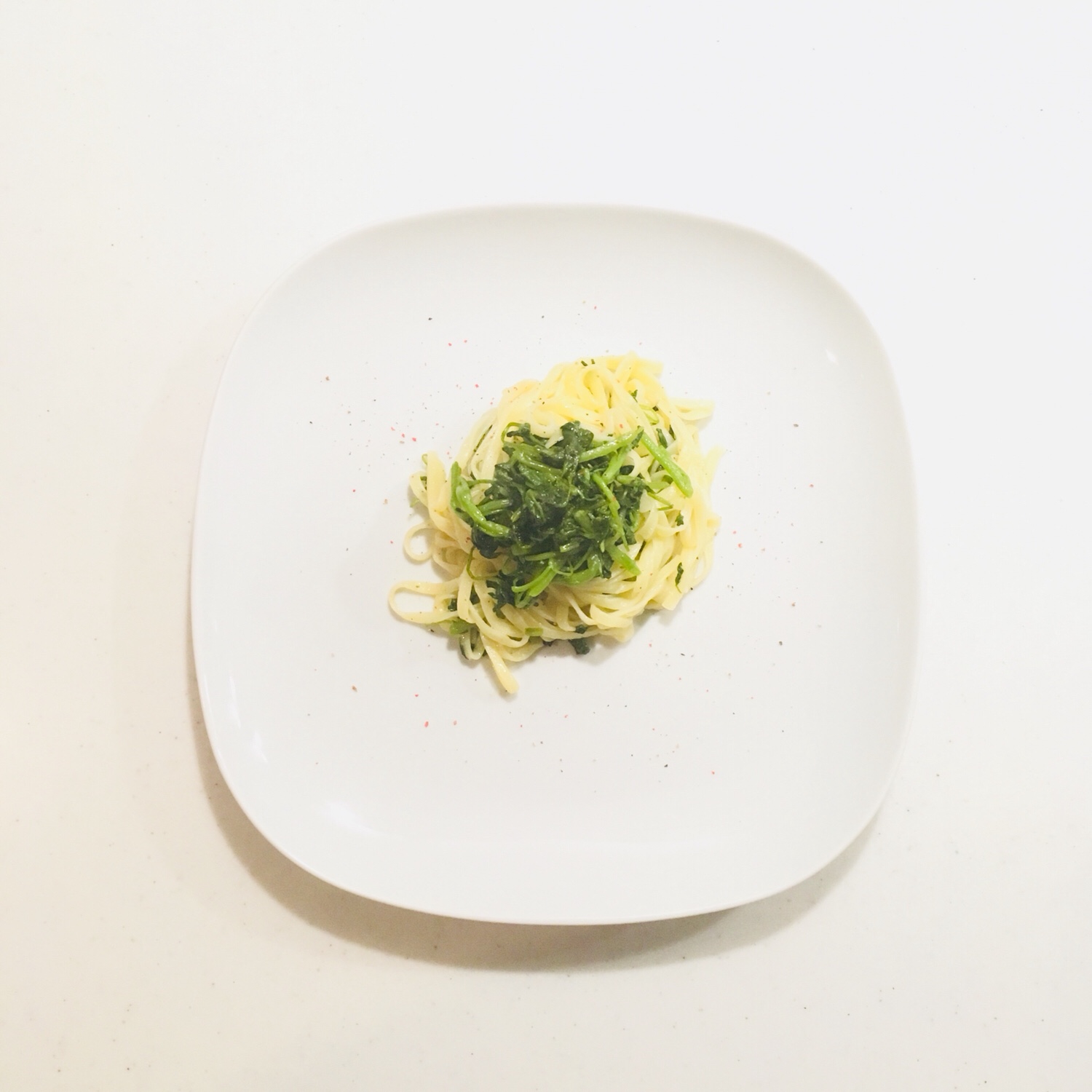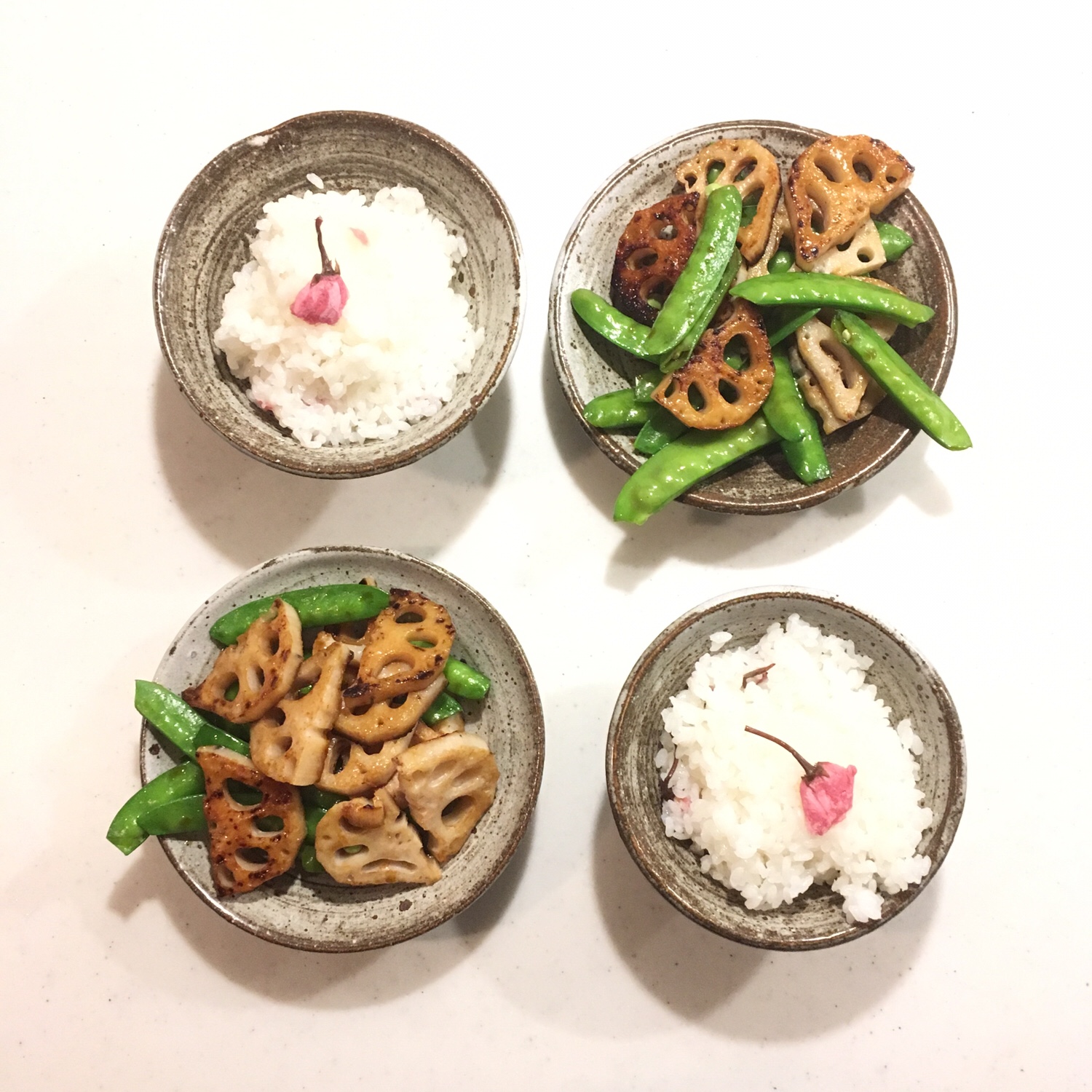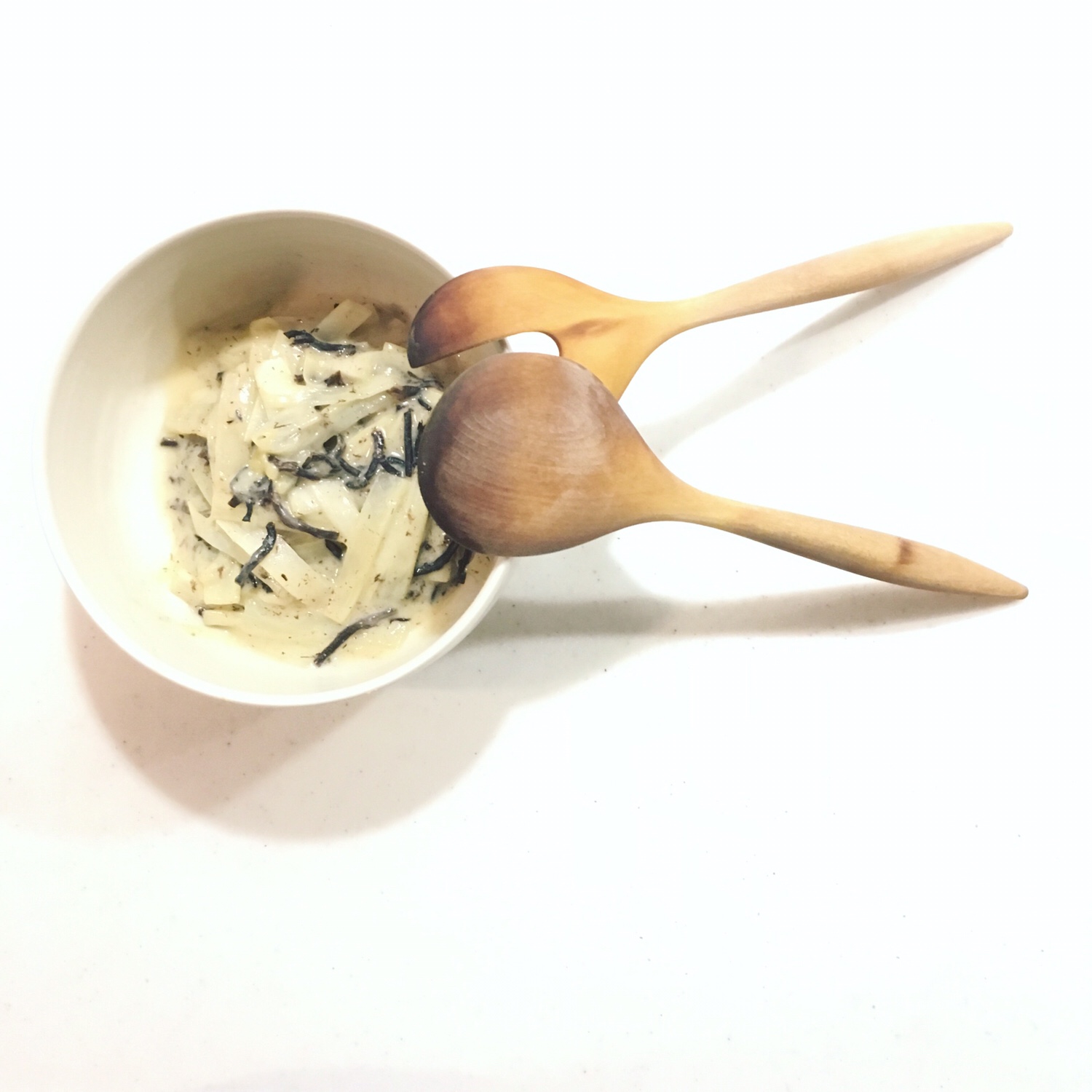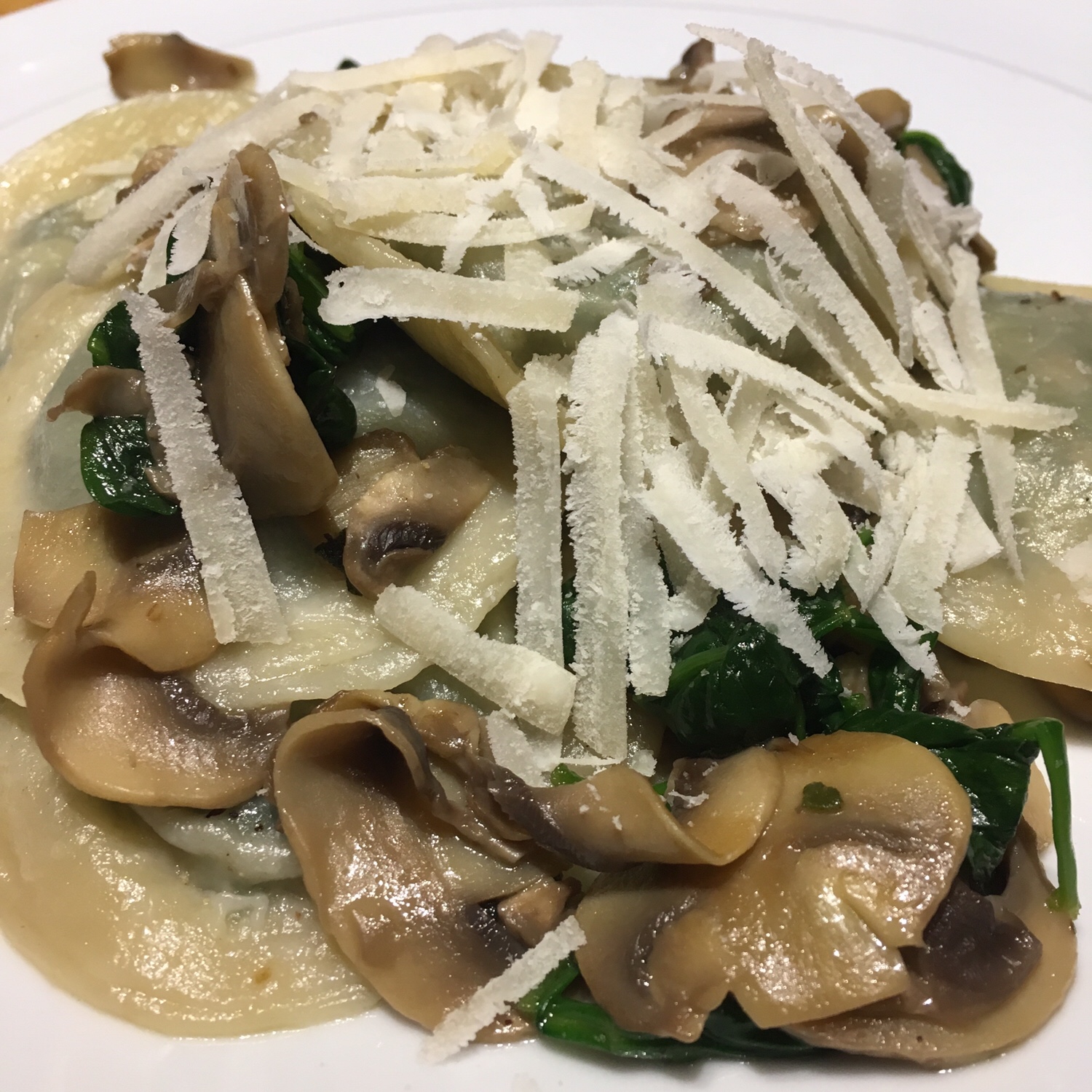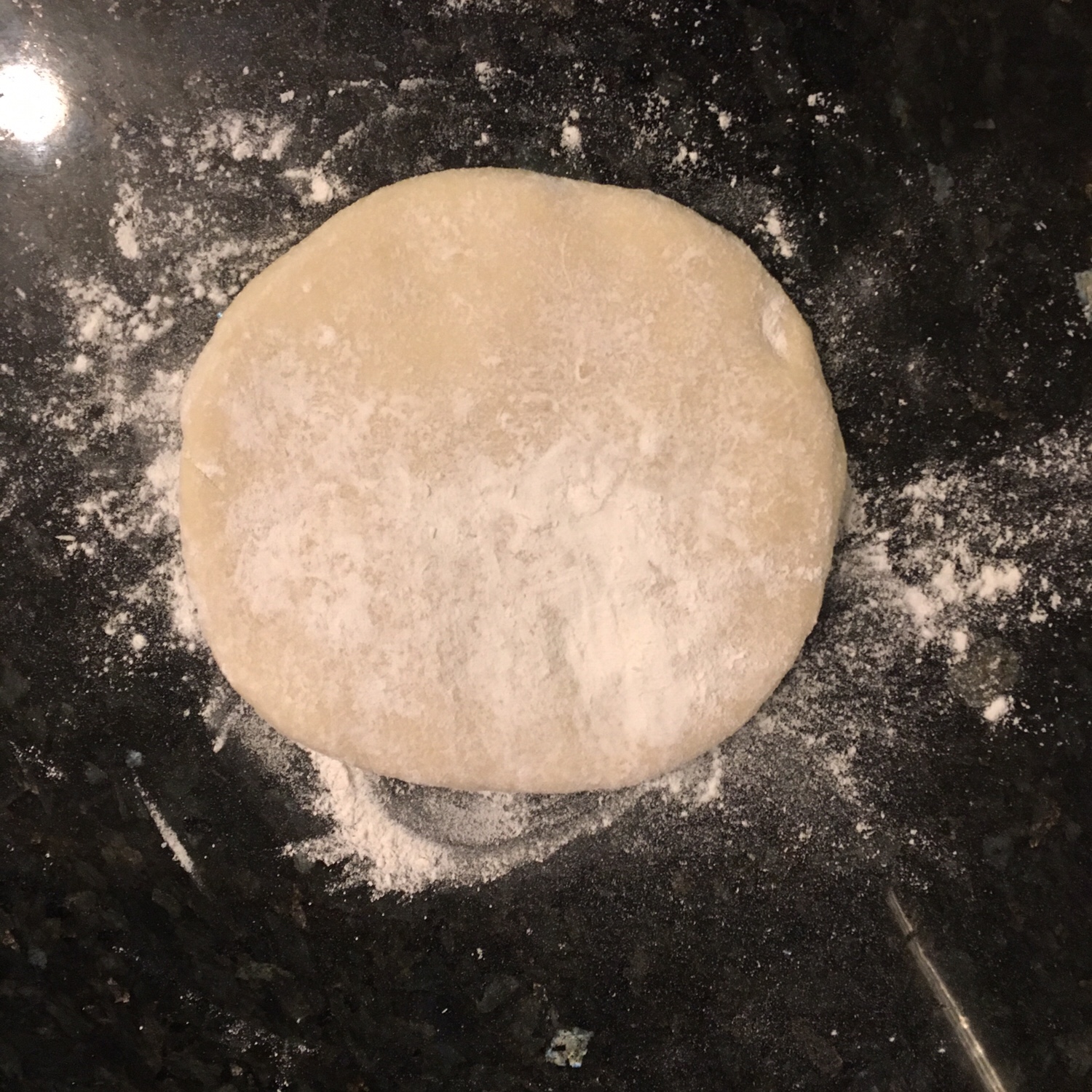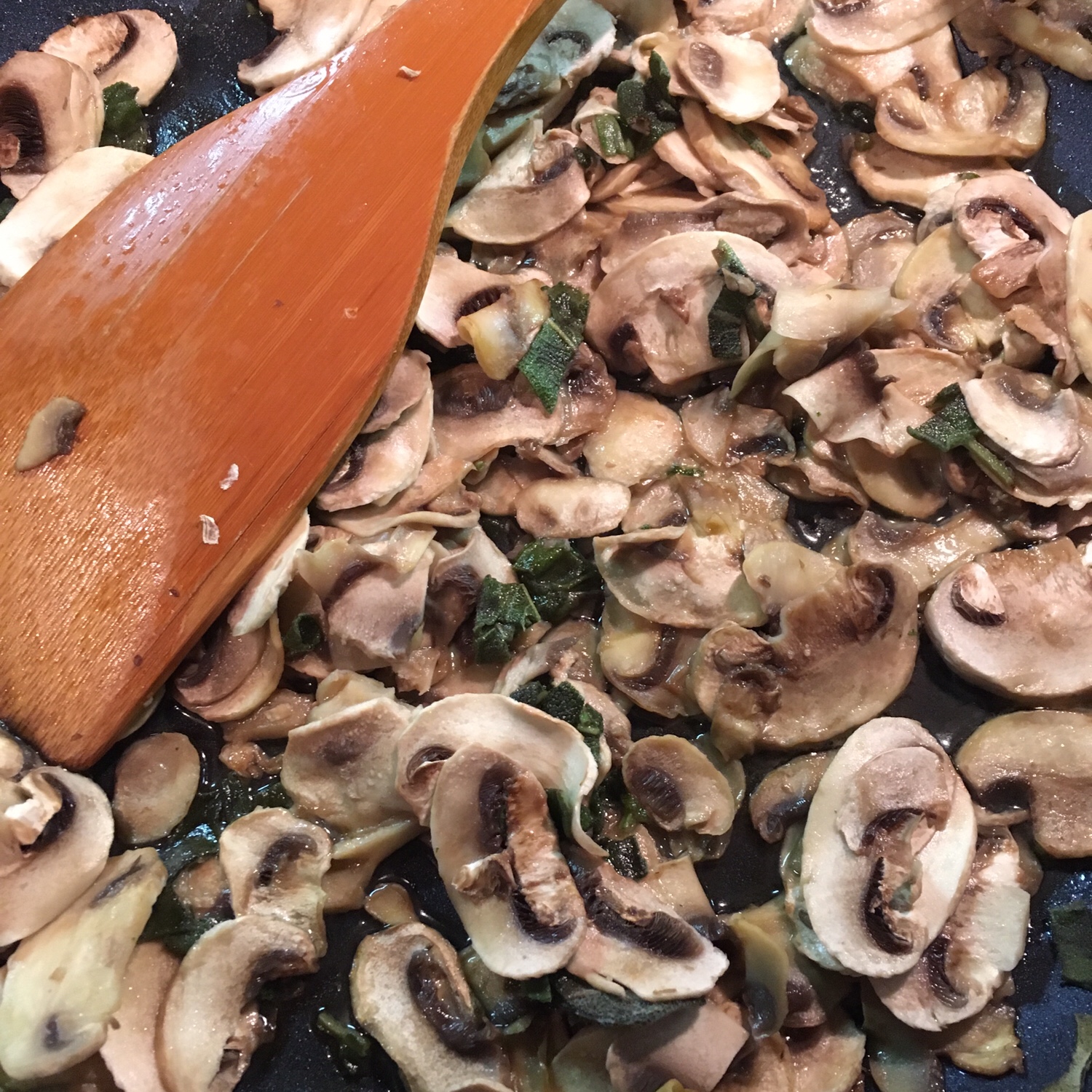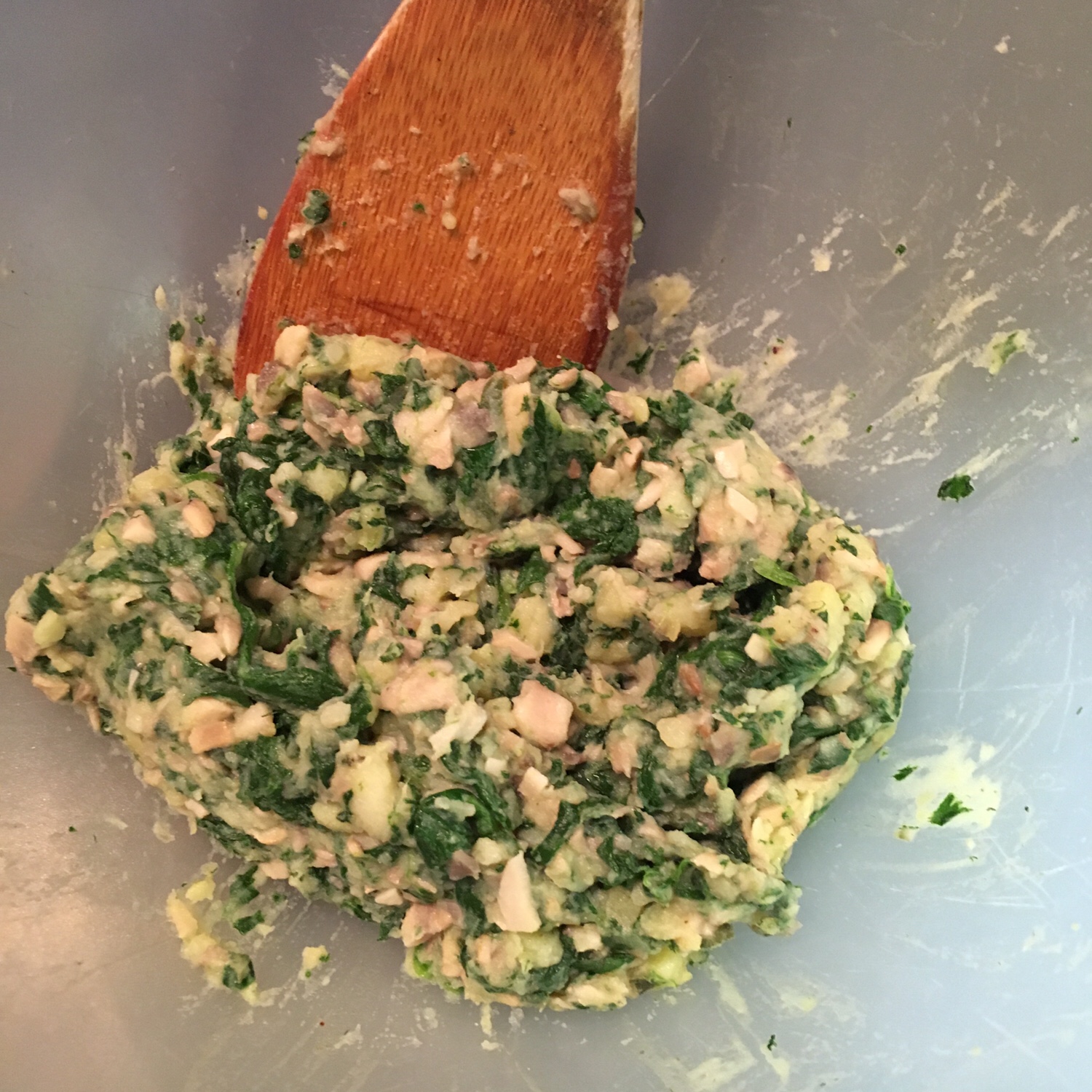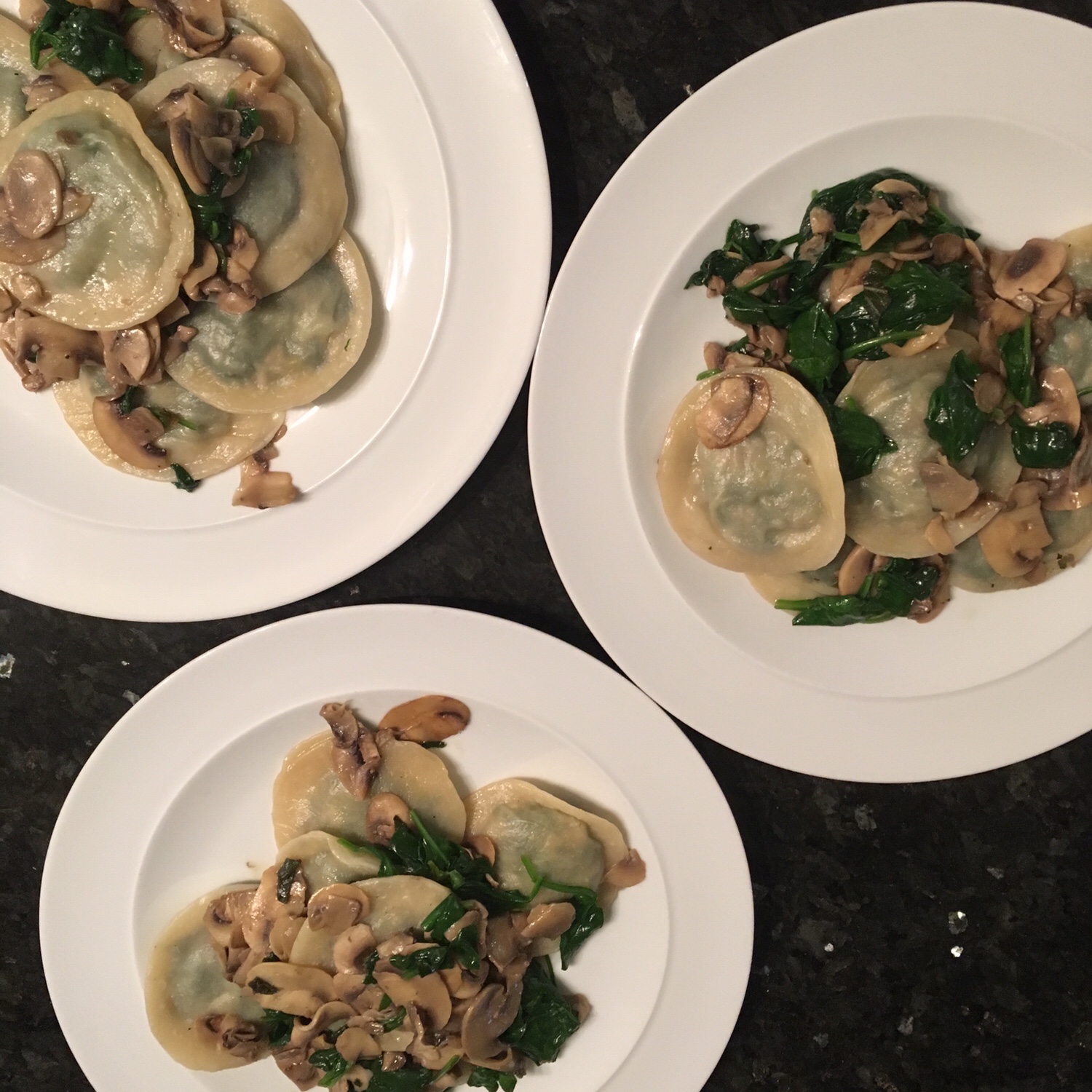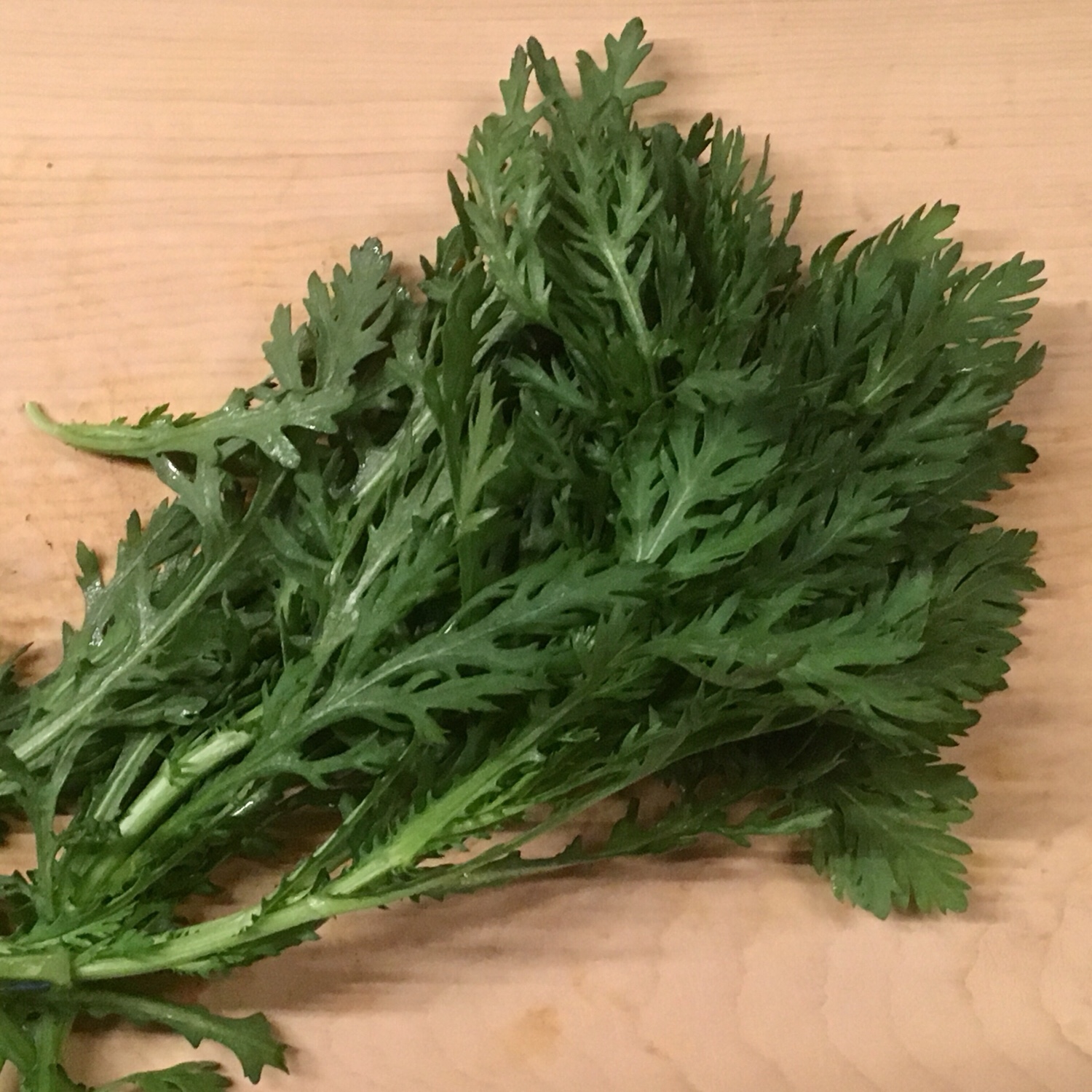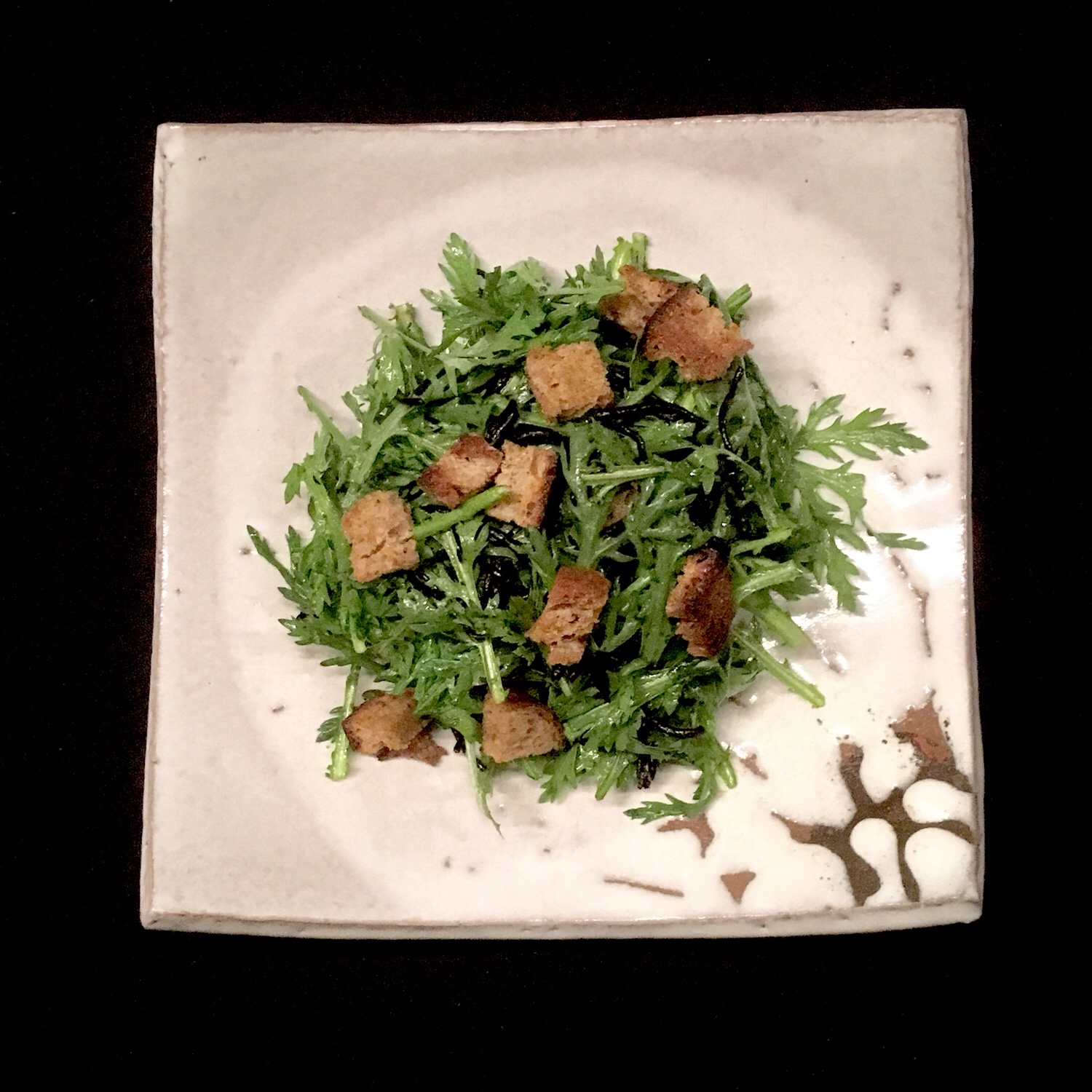10 years ago I was baking pancakes twice a year or so… I would often use pancake mix and was never fully happy by the taste and usually had to eat them completely soaked with maple syrup. That was until we travelled to Boston in 2009 and I found a great organic pancake mix at a fancy grocery store. I remember coming back to Tokyo, and waking up very early with the jetlag, the sun was already shining and I decided to take the time to treat us with pancakes made with this newly brought pancake mix before going to work. And it was a revelation, pancakes can actually be really delicious, and they don’t need to be soaked in maple syrup!!! Of course I could never find the pancake mix again, but I didn’t care. What was in the mix taught me that it was really easy to make pancakes from the scratch: any kind flour, baking powder, a bit of sugar or salt, milk (of any kind, or water) and an egg or not (actually now I prefer without, I found the pancakes more fluffy). Since then I have declined all possible ideas: changing the flour: plain, whole, soya, buckwheat, spelt… the milk: cow, almond, soya, coconut, water (when I have nothing in the fridge!), adding muesli, oatmeal, coconut, almond powder, spices, fresh fruits, grated lemon (picture)… making them for breakfast or dinner.., and they are always delicious, different and reslly easy to make. So I roughly cook pancakes once or teice a week when there is nothing else. But here is my ultimate top 3 for the moment:
1. Coconut pancakes: plain flour-coconut milk-grated coconut for a tropical breakfast, perfect with passion fruit jam;
2. Chai pancakes: plain or whole flour-cardamom-cinnamon-ginger for a cold winter morning, great with honey;
3. Muesli pancakes: whatever pancake base with muesli (nuts, cereals and dried fruits) added, anytime an extra energy is needed, I love these ones with butter.
But I must say that the lemon pancakes I cooked recently were amazing and could be in the top 3 together with muesli . Unfortunately I find it hard to get organic or non-chemical/wax lemons so it is not a recipe I can often prepare. Though last weekend I bought about 20lemons at a local organic market in Isumi, so I will use more lemon in the next weeks (after I’m back from Italy and France).
Lemon pancakes
– 150g of flour
– 1tsp of baking powder, a pinch of salt
– 1tbs of brown sugar
– the zest of 1 lemon
– 200ml of soya milk
– a bit of water
– a bit of vanilla
Mix all the ingredients to obtain a creamy dough not too liquid.
Heat a large fry pan (anti-adhesive) pour 3 or 4 rounds of dough (depending on the size of the frypan and of the pancakes) cook at medium Heat until the top is almost dry, flip and cook on the other side. Repeat with the rest of the dough. Serve with honey or yuzu jam!
